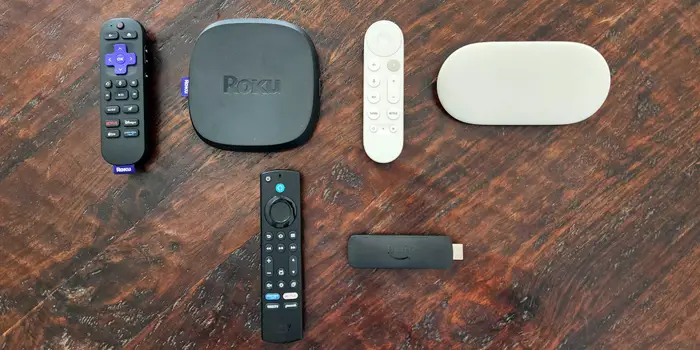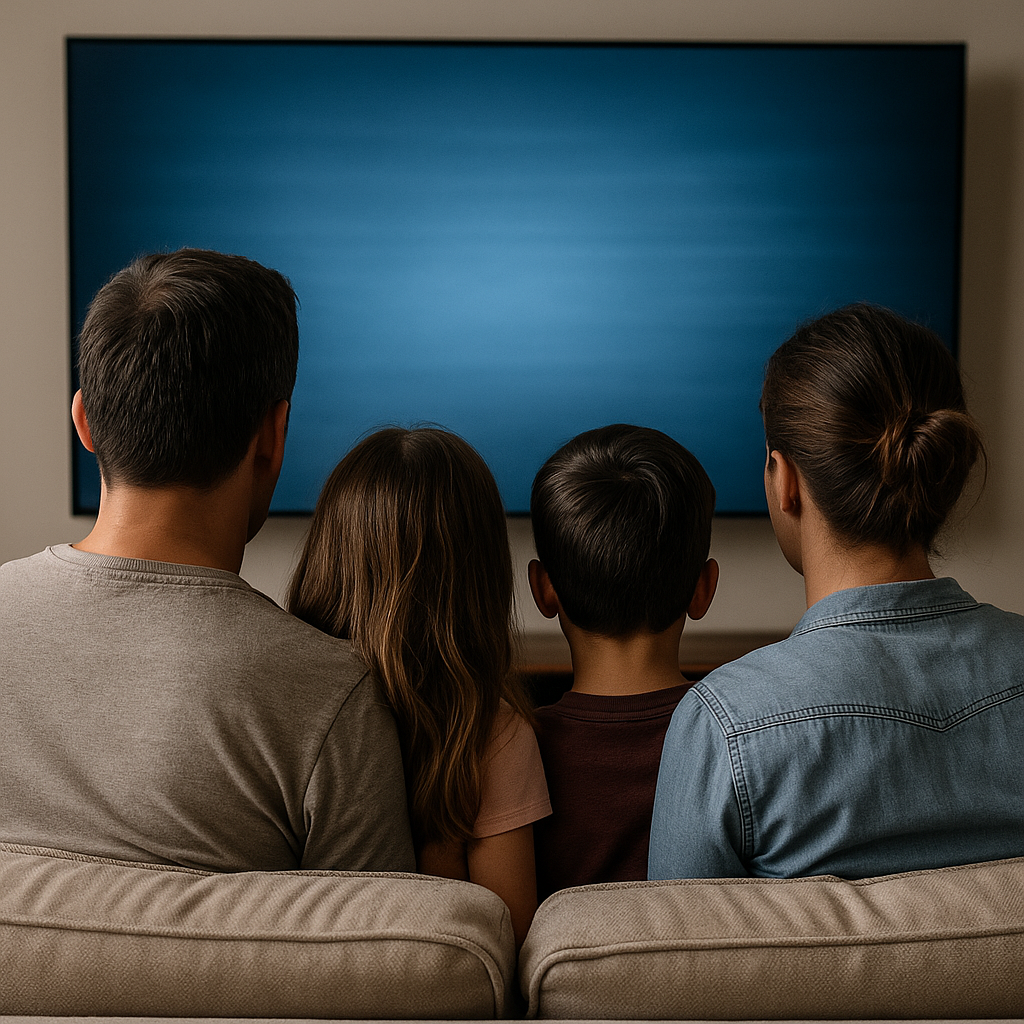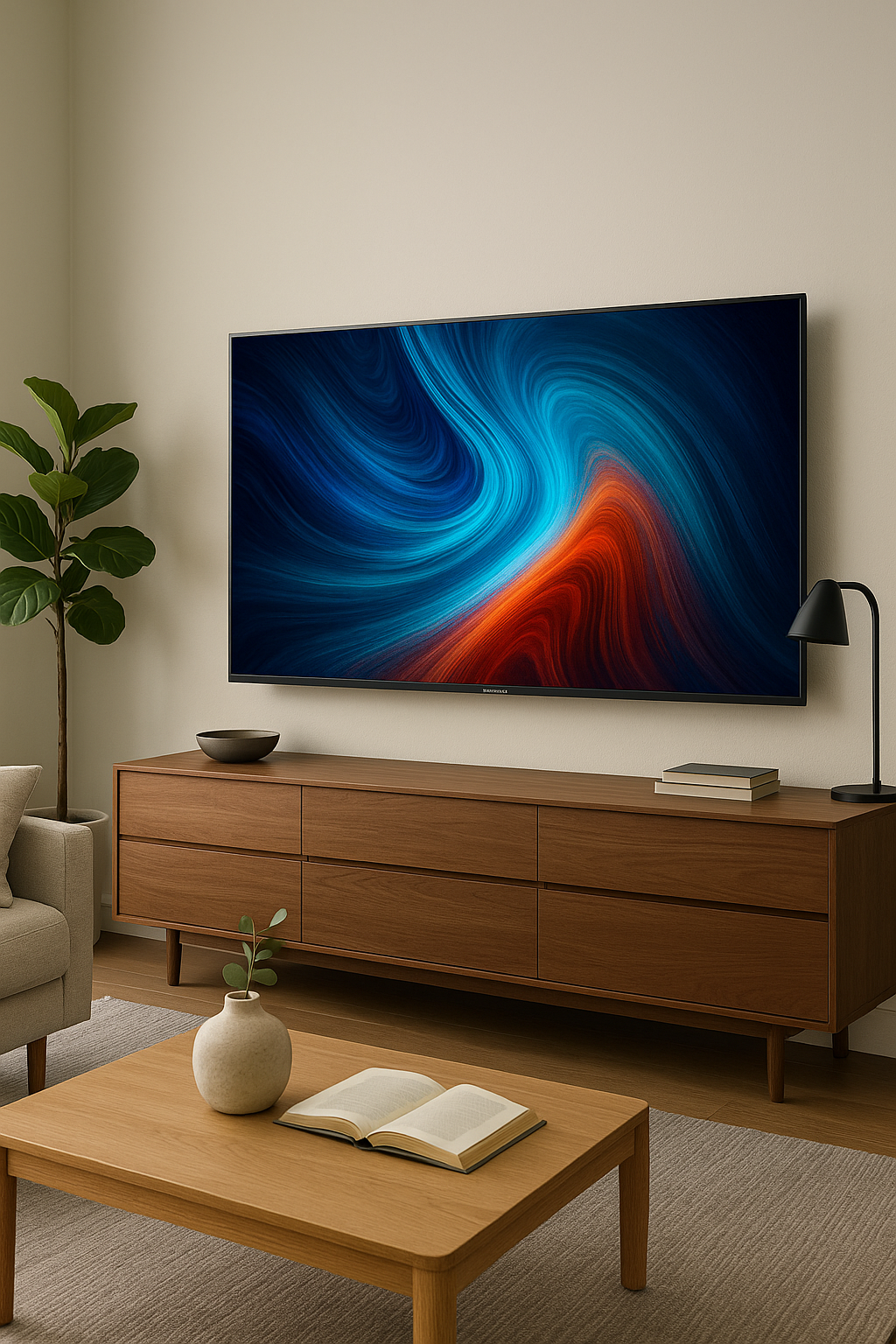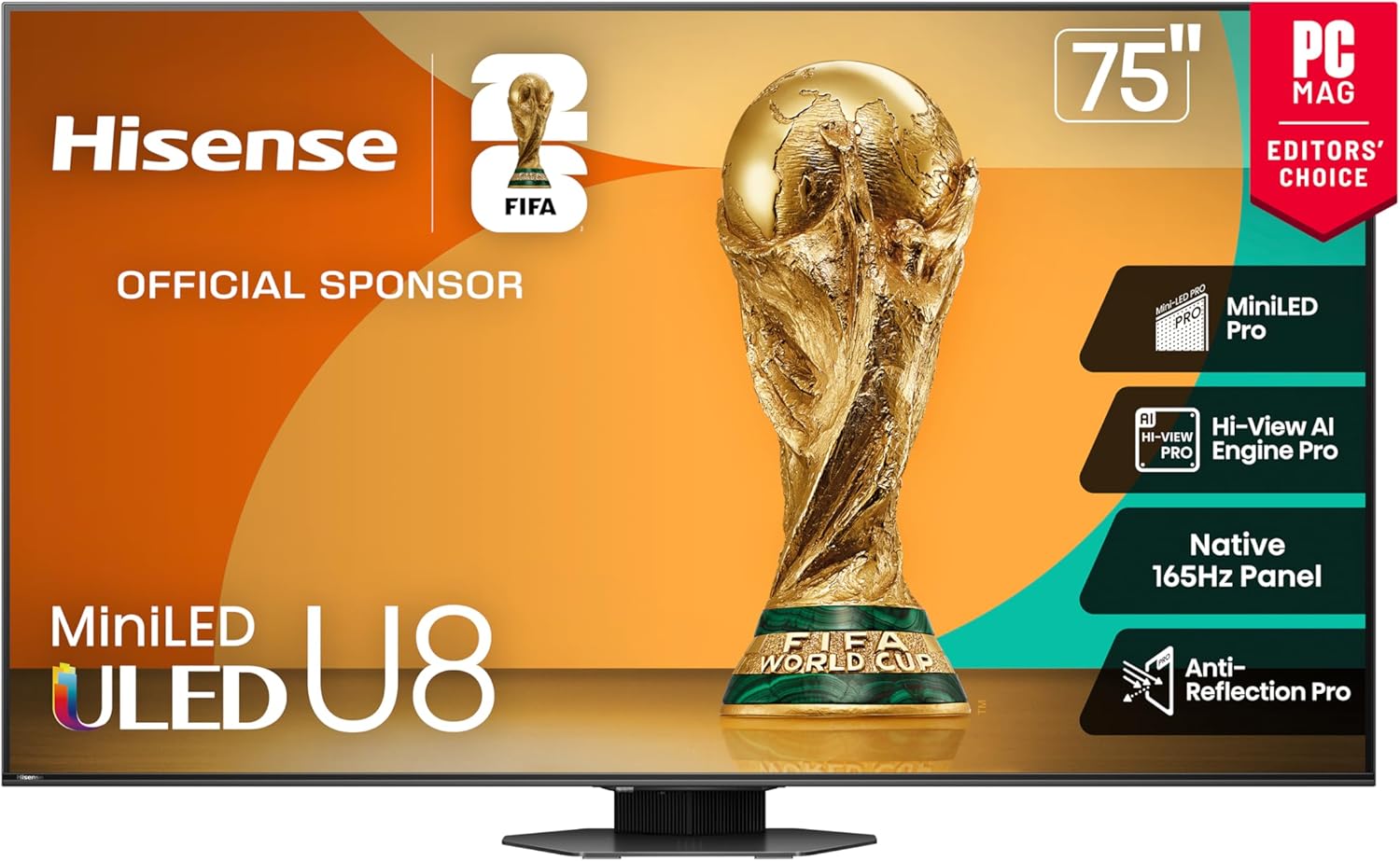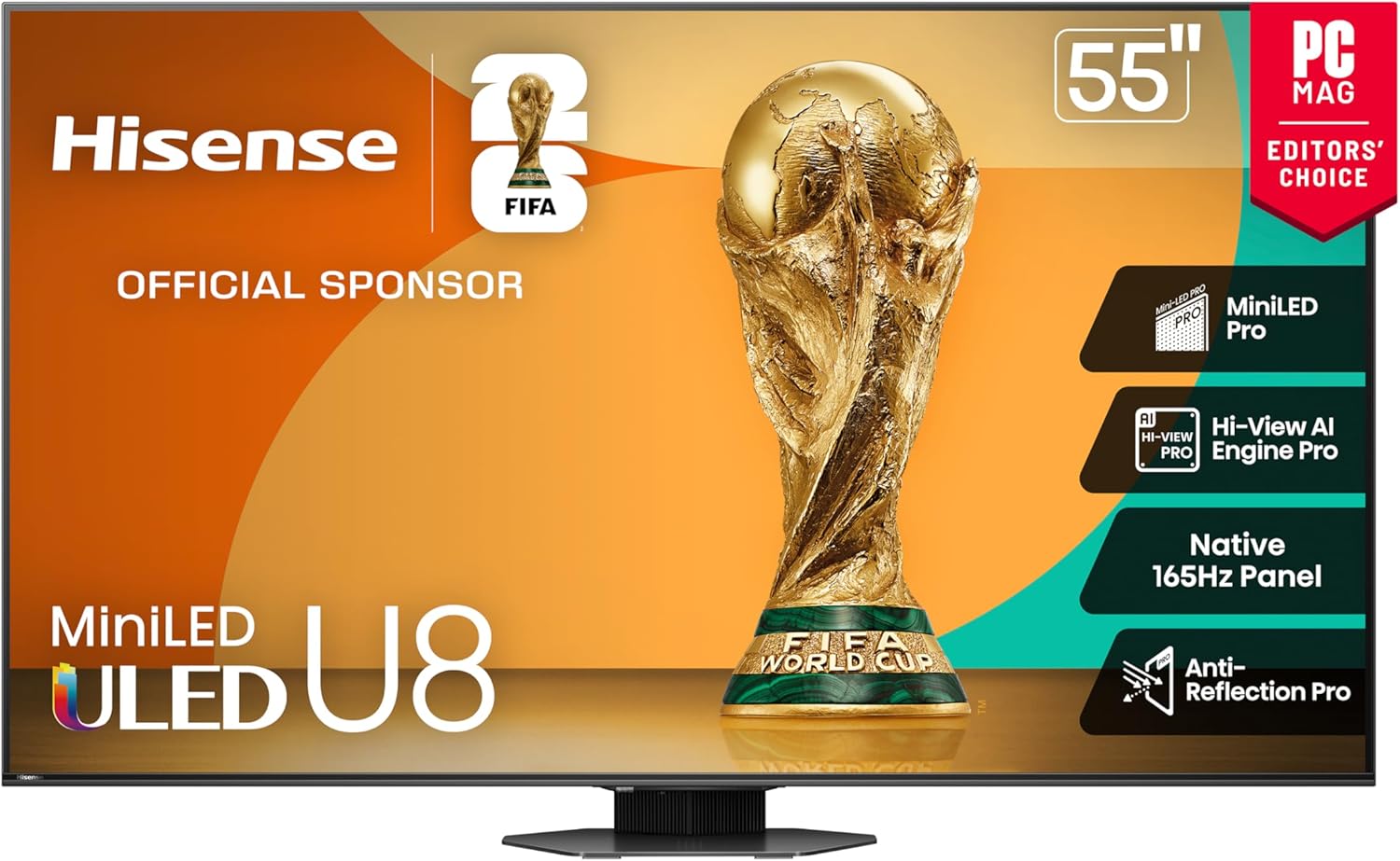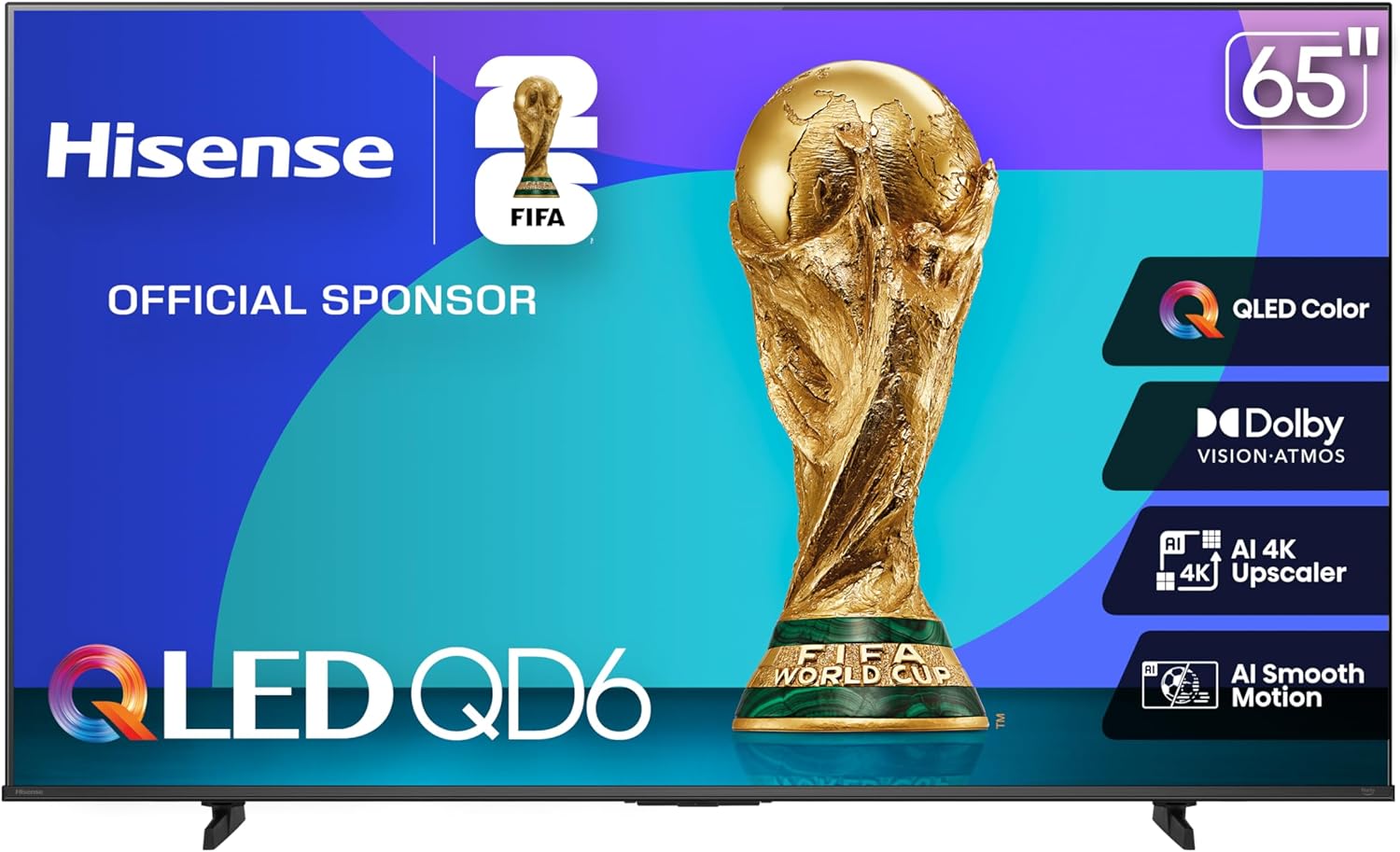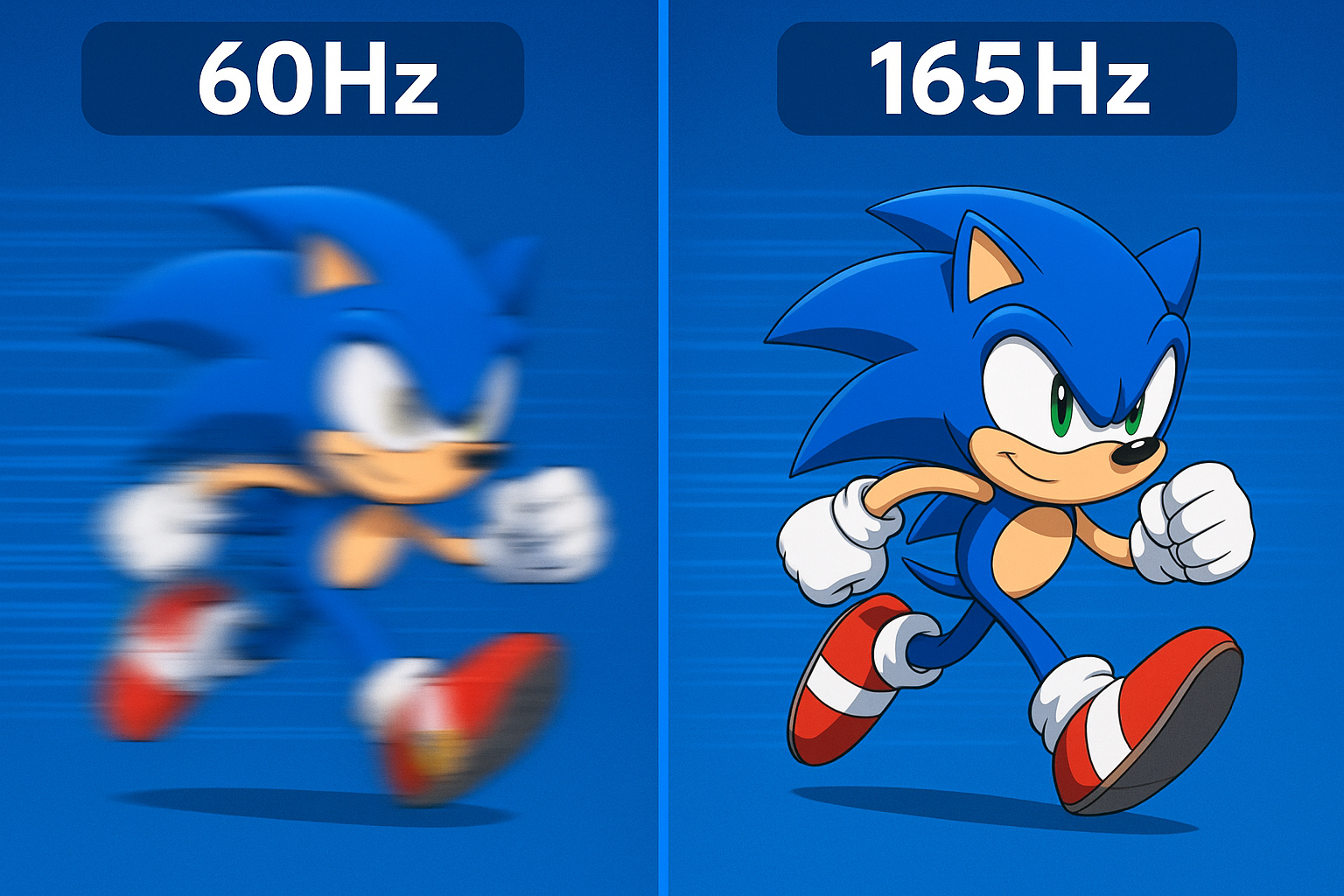QLED Unlocked: How Quantum Dot Technology Revolutionizes Color and Brightness
QLED isn't just another marketing term—it's a fundamental shift in how TVs produce color. Using nanotechnology that manipulates light at the quantum level, QLED TVs deliver colors so vibrant and bright they seemed impossible just a decade ago. Discover how those tiny quantum dots create a viewing experience that standard LED TVs simply can't match.
See QLED in Action: How Quantum Dots Transform Color
Toggle between standard LED and QLED to see how quantum dots purify and enhance colors. Watch how the color spectrum expands from basic to breathtakingly vibrant.
Color Revolution: Standard LED vs QLED
Standard LED Color
Uses white LED backlight with color filters. Colors appear washed out and less saturated, especially at high brightness levels.
QLED Enhanced Color
Quantum dots convert blue light into pure red and green, creating more saturated, accurate colors across all brightness levels.
The Quantum Leap: What Exactly Are Quantum Dots?
Quantum dots are semiconductor nanocrystals so small that their size determines the color of light they emit. Ranging from 2 to 10 nanometers in diameter (about 10,000 times thinner than a human hair), these microscopic particles exhibit quantum mechanical properties that make them perfect for display technology.
When hit by blue LED light—the most efficient and stable light source available—quantum dots re-emit that energy as exceptionally pure, specific colors. Smaller dots emit blue light, medium-sized dots emit green, and larger dots emit red. This precision is what gives QLED TVs their remarkable color advantage.
How QLED Works: The Science Behind the Magic
A QLED TV starts with a blue LED backlight, similar to standard LED TVs. But here's where the magic happens: between the blue LEDs and the LCD panel sits a layer containing billions of quantum dots. These dots are precisely engineered to convert the blue light into the purest possible red and green light.
🧩 The QLED Layer Structure
This process creates a "pure" white light composed of exact red, green, and blue components. When this perfect white light passes through the LCD panel's color filters, the result is colors that are significantly more vibrant and accurate than what standard LED TVs can produce.
The Efficiency Advantage: Because quantum dots convert light so efficiently, QLED TVs can achieve much higher brightness levels while maintaining color accuracy. A standard LED TV might reach 500-800 nits peak brightness, while premium QLED models can hit 2000-4000 nits while still displaying accurate colors.
Real-World Benefits: What QLED Means for Your Viewing Experience
🎨 Vibrant HDR Content
☀️ Bright Room Performance
⏳ Longevity & Consistency
The combination of wider color gamut and higher brightness creates what's known as "color volume"—the ability to display accurate colors at all brightness levels. This is particularly important for HDR content, where bright highlights and deep shadows coexist in the same scene.
QLED vs Standard LED: The Visible Differences
Standard LED Limitations
- White LED backlight with broad color spectrum
- Color filters block significant light
- Colors desaturate at high brightness
- Limited to ~80% DCI-P3 color space
- Lower peak brightness (400-800 nits)
QLED Advantages
- Quantum dots create pure red/green light
- Higher light efficiency through conversion
- Colors remain vibrant at any brightness
- Covers 95%+ of DCI-P3 color space
- Higher peak brightness (1000-4000 nits)
QLED in Different Lighting Conditions
One of QLED's most practical advantages is its performance across different viewing environments. Unlike OLEDs that can appear dim in bright rooms, or standard LEDs that wash out in sunlight, QLED maintains its color integrity regardless of lighting conditions.
The Evolution: From QLED to QD-OLED
The latest innovation combines quantum dots with OLED technology in QD-OLED displays. This hybrid approach uses blue OLED pixels as the light source with quantum dots converting to red and green, eliminating the need for color filters entirely.
🚀 QD-OLED: The Best of Both Worlds
Who Should Choose QLED? Making the Right Decision
✅ Choose QLED If:
- You watch in bright or variable lighting
- HDR movies and gaming are priorities
- You want the brightest possible image
- Long-term color consistency matters
- You're sensitive to motion issues
🤔 Consider Alternatives If:
- You primarily watch in pitch-black rooms
- Perfect blacks are your top priority
- You're on a very tight budget
- You mainly watch standard HD content
The Bottom Line: Is QLED Worth It?
QLED represents a significant step forward in LCD television technology. The quantum dot advantage isn't just theoretical—it translates to visibly better picture quality in most real-world viewing scenarios. For bright room viewing, HDR content, and anyone who values vibrant, accurate colors, QLED delivers tangible benefits that standard LED TVs simply can't match. While it may not have the perfect blacks of OLED, its combination of exceptional brightness, wide color gamut, and excellent longevity makes QLED an outstanding choice for most viewers.
The technology has also become increasingly affordable, with QLED options now available at multiple price points. Whether you choose an entry-level QLED or a premium model with Mini-LED backlighting, you're getting color performance that was only available in professional monitors just a few years ago.




